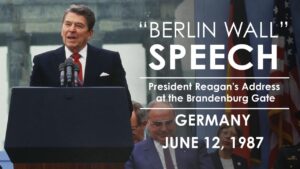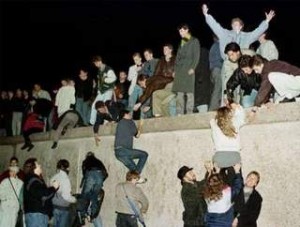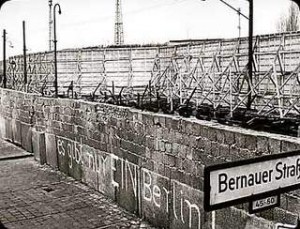
 The cold war was one of the strangest times in world history. It wasn’t a war…exactly, but a period of geopolitical tension between the United States and the Soviet Union and their respective allies, the Western Bloc, and the Eastern Bloc, which began following World War II. While the war did not really “act” like a war, at least 389 soldiers were killed in the line of duty, as estimated by the American Cold War Veterans. These casualties were the result of planes being shot down by the Communist forces of the Soviet Union. One such plane was an American Navy P2V-3W was shot down near Vladivostok over the Sea of Japan by Soviet forces in November of 1951. The P2V-3W exploded off the coast, and the crew of 10 American soldiers was reported as missing. The Soviets accused the crew of gathering intelligence, and the Americans claimed that the mission was related to weather reconnaissance. The truth may never be really known. There were many other hazards that Americans were exposed to during the conflict. An estimated 400,000 people were subject to harm from toxins, which killed more than half of those who were exposed to them. Several thousand soldiers also lost their lives during these years in training accidents and friendly-fire incidents. So, while there were never any “battles” there were losses.
The cold war was one of the strangest times in world history. It wasn’t a war…exactly, but a period of geopolitical tension between the United States and the Soviet Union and their respective allies, the Western Bloc, and the Eastern Bloc, which began following World War II. While the war did not really “act” like a war, at least 389 soldiers were killed in the line of duty, as estimated by the American Cold War Veterans. These casualties were the result of planes being shot down by the Communist forces of the Soviet Union. One such plane was an American Navy P2V-3W was shot down near Vladivostok over the Sea of Japan by Soviet forces in November of 1951. The P2V-3W exploded off the coast, and the crew of 10 American soldiers was reported as missing. The Soviets accused the crew of gathering intelligence, and the Americans claimed that the mission was related to weather reconnaissance. The truth may never be really known. There were many other hazards that Americans were exposed to during the conflict. An estimated 400,000 people were subject to harm from toxins, which killed more than half of those who were exposed to them. Several thousand soldiers also lost their lives during these years in training accidents and friendly-fire incidents. So, while there were never any “battles” there were losses.
Because of the Nazi loss in World War II, and the surrender in 1945, the nation’s capital, Berlin, was divided into four sections, with the Americans, British, and French controlling the western region, and the Soviets controlling the eastern region. The three western sections came together as the Federal Republic of Germany (West Germany). East Germany became the German Democratic Republic in October of that same year. With tensions mounting, the border between the two new countries was closed in 1952, and by the following year East Germans were prosecuted if they left their country without permission. The situation grew worse when in August 1961, the Berlin Wall was erected by the East German government to prevent its citizens from escaping to the West. People were trying to escape every day, and between 1949 and night the wall went up, an estimated 2.5 million East Germans fled to the West.
By the time President Ronald Reagan was in office, the Cold War had started to really get old. Something had to change, and Reagan was determined to do something to stop the feuding. Like all presidents, part of keeping the people informed on matters of importance is making speeches, and on June 12, 1987, President Reagan made one of his most famous Cold War speeches, when he issued a challenge to Soviet Leader Mikhail Gorbachev to “tear down” the Berlin Wall. With the Berlin Wall behind him, Reagan said, “There is one sign the Soviets can make that would be unmistakable, that would advance dramatically the cause of freedom and peace.” He then called upon his Soviet counterpart: “Secretary General Gorbachev, if you seek peace—if you seek prosperity for the Soviet Union and Eastern Europe—if you seek liberalization: come here, to this gate. Mr. Gorbachev, open this gate. Mr. Gorbachev, tear down this wall.” The speech was also intended to ask Gorbachev to undertake serious arms reduction talks with the United States.
Many people thought that Reagan’s speech as a dramatic appeal to Gorbachev to renew negotiations on nuclear arms reductions, but it was also a reminder that despite Gorbachev’s public statements about a new 
 relationship with the West, the United States also wanted to see action taken to lessen Cold War tensions. The people of East Berlin just wanted freedom, and two years later, on November 9, 1989, East and West Germans got their way when the people broke down the infamous wall between East and West Berlin. Germany was officially reunited on October 3, 1990.
relationship with the West, the United States also wanted to see action taken to lessen Cold War tensions. The people of East Berlin just wanted freedom, and two years later, on November 9, 1989, East and West Germans got their way when the people broke down the infamous wall between East and West Berlin. Germany was officially reunited on October 3, 1990.


Leave a Reply